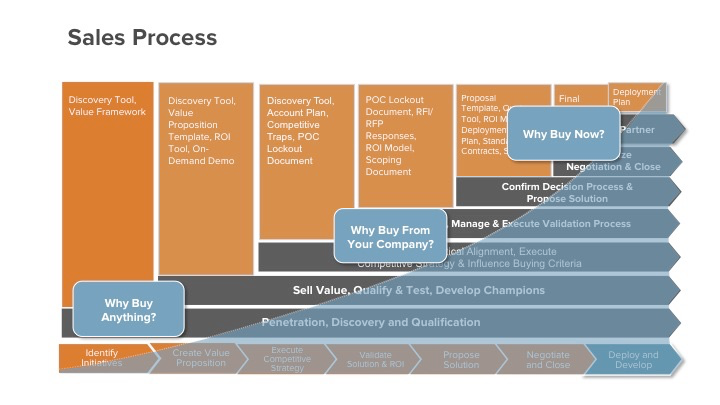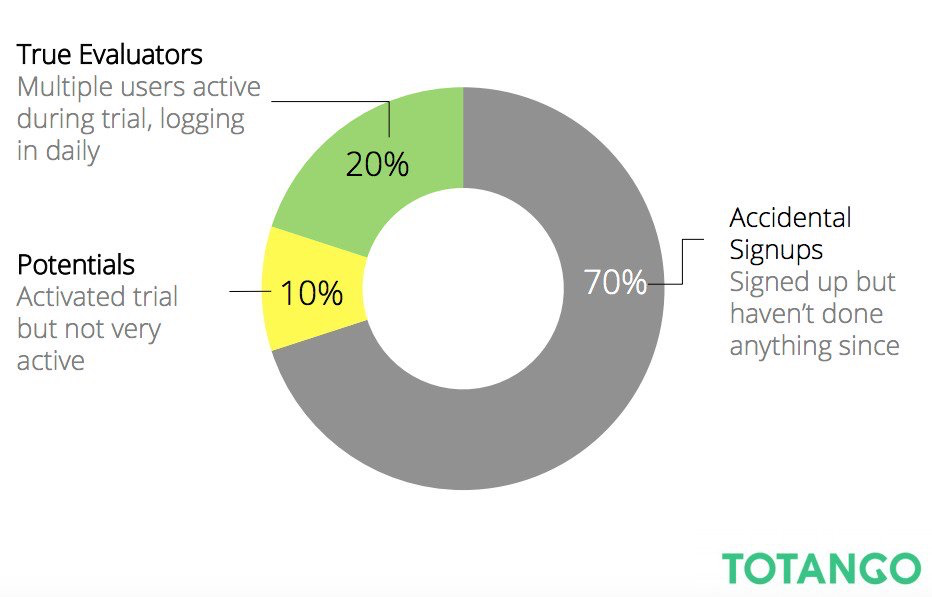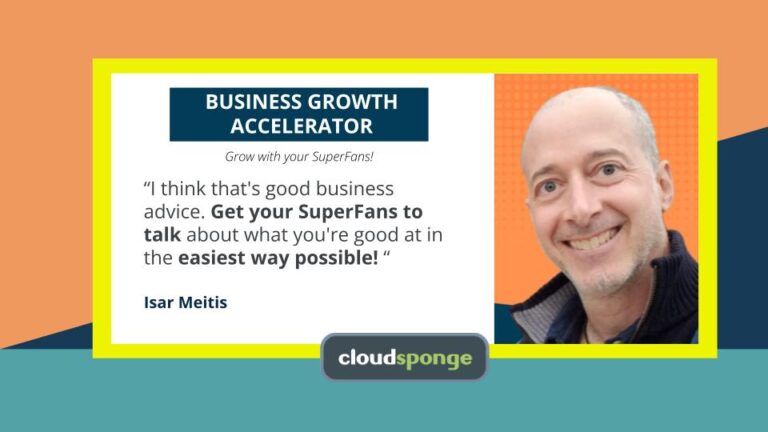Enterprise sales processes can be lengthy and complex for SaaS companies to implement, but there are ways to shorten the cycle. By onboarding customers from the bottom up, SaaS brands can create more efficient enterprise sales cycles that result in quicker wins and long-term success. In this article, we’ll explore what an enterprise sales process is in SaaS, the main steps of such a process and how to shorten it for maximum efficiency.
For starters, let’s give an overview of what an enterprise sales process in SaaS looks like.
What is an Enterprise Sales Process in SaaS?
An enterprise sales process in SaaS is a long-term approach to selling and onboarding customers. It usually involves creating relationships with larger companies and organizations, understanding their needs, showing how your product meets those needs, negotiating pricing or terms, obtaining customer sign-offs and closing the deal.
Unfortunately, enterprise sales processes can be complex and require considerable time and effort from both parties. In addition, larger companies often have different budgets, timelines, decision-makers and other considerations that need to be considered when closing a deal. That’s not ideal for either party and can leave your SaaS company with slow sales cycles.
SaaS companies typically acquire new users in two ways:
Through a self-service signup with a person opening an account on the site, after going through all the stages of the buying cycle by themselves.
Or..
Via a lengthy sales process paved with endless touchpoints, negotiations and other interactions during which they need to assist a company in their purchasing journey, and try to get a buy in from all stakeholders.
And if you’re targeting larger enterprises, then you’re pretty much stuck with the other option.
(Which, as I’m sure you’ll agree, isn’t the best one.)

But is there an alternative?
Well, the example of Slack and some other SaaS companies shows that there actually is.
And that’s onboarding companies from bottom up. Getting first few employees to use your product, and then, using team invites to spread across the organization from there.
In this post, I’ll show you exactly how to do just that.
Intrigued? Let’s get to it then.
Wondering how user onboarding actually works, and how to identify your product’s activation point? Read our ultimate guide to user onboarding.
Want to simplify the sales process and let your customers refer business to you with ease? Learn How With Our Better Sharing Workbook!
How Enterprise Companies Buy Software
I’m sure you’ll agree – the enterprise buying cycle is beyond ridiculous.
There really is no other way to put it.
Just take the average length enterprise organizations take to sign the dotted line, for example.
As Steli Efti pointed here:
“It can take 6 to 18 months between establishing the first contact and closing a deal.”
Crazy, huh?
Enterprise sales process is super complex too. But you just can’t skip any of its elements.
Miles Varghese brilliantly puts it on Sales Hacker:
“It takes a concerted effort between the sales rep and the prospect to move the deal forward through multiple stakeholders and multiple stages. The emphasis on process becomes more important as the odds of closing the deal diminish.”
And needless to say, it’s not an easy journey.
The Main Steps in the Enterprise SaaS Sales Process
A while ago, Patrick MacKenzie described the elements of a typical enterprise SaaS sales process.
According to him, it goes more or less like this:
- A company’s employee realizes their problem/pain point, and asks for a solution.
- Someone, it could be the person who realized the problem or another employee, writes down the requirement for a solution.
- This list goes to the procurement, who starts looking for potential solutions. It might be that the same person who originated the sale conducts this point. But often times, someone else takes over at this stage. Needless to say, whoever oversees this step, typically conducts a Google search or asks around for available solutions.
- Next, the procurement department prepares and sends out a list of qualifying questions to selected vendors to help them choose those who fit their requirements. And as Patrick points, “the overwhelming majority of these questions are stupidly obvious.”
- Vendors whose answers met the purchasing criteria are then required to submit their quotes.
- The winning bid receives a purchase order.
- They deliver the product, as agreed with the organization.
- Vendor sends an invoice.
- Accounts pay as per the agreed payment terms.
- Whew, after months of back and forth, the deal is done.
Not to mention that there are also smaller, interim steps between pt. 4 and 5 – meetings, calls, requests for additional information, more meetings, more calls, more additional questions, and so on.
(And that’s without any potential software customization an organization might request…)
Finally, with enterprises you’re dealing with a whole bunch of stakeholders in the process.
Purchasing, to legal department, IT, and many others are involved in the purchasing decision.
Ridiculous, isn’t it?
This is why it’s so important to shorten the process.
How to Shorten the Enterprise Sales Process in SaaS
The key to shortening and simplifying enterprise sales process lies in two words: user onboarding.
But, you can’t just take people from signing up to becoming paying customers within 24 hrs.
User onboarding is a multi-step process that should go through several user lifecycle stages, as we recently illustrated here.
So, let’s compare that with how individual users discover SaaS apps.
The SaaS Discovery Process
Comparing to enterprises, customers take very little time to pick the tool they want.
And although the process would vary from person to person, I think it’s safe to assume that it looks a lot like this:
A customer realizes she has a problem. She fires up Google and searches for available solutions. If she can think of any companies that have already solved a similar problem, she might go check them out to see if she can cheat on her homework and just choose the same vendor they chose. She might also ask some colleagues for recommendations, flick through some online reviews, and within a short span of time, have a list of alternatives to consider.
After that, it’s a matter of comparing one or two, and signing up for a trial.
That’s it.
The whole journey could take anything from a couple of hours to a day, at most.
And yes, I admit, there are many tire kickers in this process. In fact, a study by Totango shows that as many as 70% of trial signups are accidental (quoted via ConversionXL).
But that’s not that important for now.
Of course, if she works for an enterprise organization, then what follows is the process I outlined above.
But there’s a catch:
You see, the fact that she’s already testing your product gives you an opportunity to hack the sales process.
Here’s how.
Initiating Product Adoption from Bottom Up
At the core of this strategy lies our simple psychological trait: We love to share.
After all, according to RJMetrics:
94% of us make sure to share things that are useful. And 49% of us want to tell others about products or services they care about.
And that’s the behavior you can use to overcome the lengthy sales process.
How? By getting users to spread information about your product throughout the company.
As a result, you can practically knock off points 3 and 4 from the enterprise sales process I described earlier.
That’s great news, right?
Instead of getting the company to search for solutions, then assessing which ones are the most viable vendors to ask for a quote, you can embed your product right into the business.
Slack is one example of companies that has mastered this process.
Not only do they set the industry standard for user onboarding, they’ve perfected onboarding companies.
Just take a look at this excerpt from their onboarding guide:
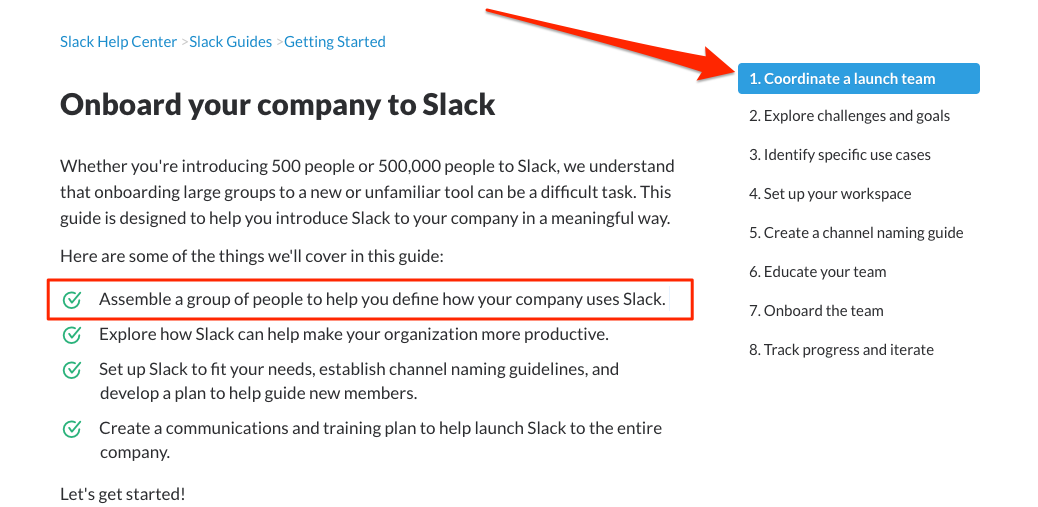
It’s immediately clear that they understand the effect of onboarding a smaller group first will have on the product’s adoption.
Wondering how you could achieve the same thing for your product? The answer is: enticing first users to invite their coworkers to use it.
Slack prompts you to do it the moment you create a new channel.
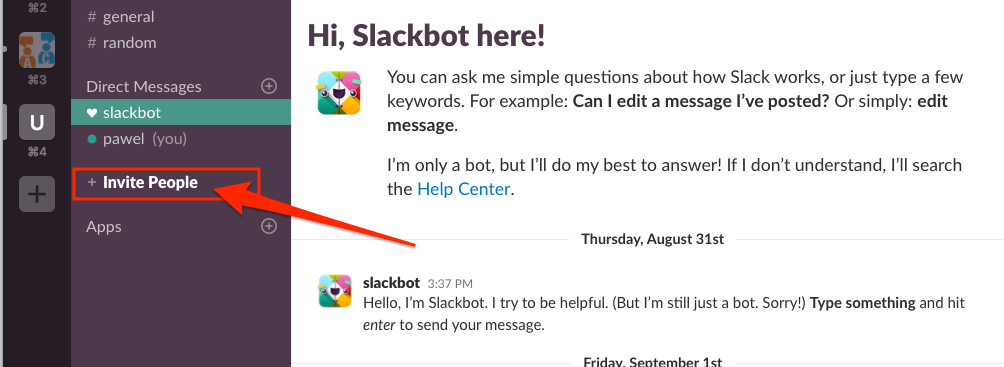
Hotjar uses a visual incentive to entice team invites.
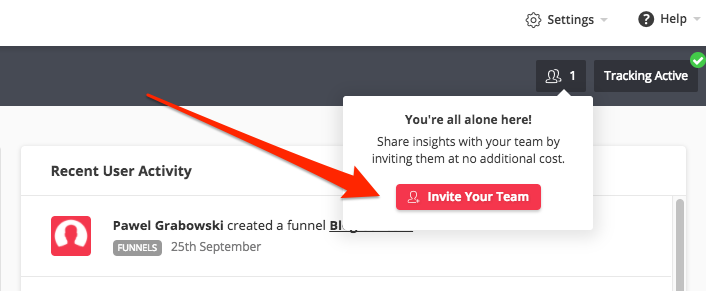
These companies do it because they understand that the more people within organization start using their product, the easier it will be to convert them into paying customers.
And that much is clear.
However, there are some things you need to consider when building a strategy to entice team invites.
#1. Understand who they should be inviting
Although having one person in the company inviting their immediate coworker is great, chances are that the other person doesn’t actually need to use your product.
Or they have no influence on the sale.
For that matter, you should identify the key stakeholders in the sales process, and target them in the invitation process.
CloudSponge has been using this strategy as well. And from what Jay, CloudSponge CEO had told me, our clients typically create logins for one or more people with the following roles in the company:
- A Product Manager (or somebody who’s going to be responsible for measuring success and “owning” the relationship with us)
- A developer (somebody who’s going to be doing the technical integration work to get service plugged into their codebase)
- A finance person (somebody who’s going to receive invoices and make changes to billing information)
And it works.
As Lincoln Murphy states:
“But when we could get specific (‘most people invite a Project Manager, Developer, and Designer’), it’s worked well. Well as in I’ve seen a 20x increase in these types of invitations.”
#2. Choose the method that fits into your target audience’s process
You know, for some companies, shared link will work best.
Others might prefer an invite email.
And some might even want to be able to to customize the invite message.
Hotjar uses an automated system.
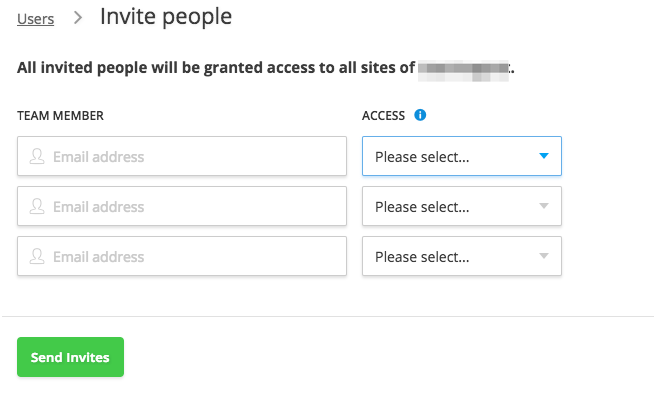
Once users add in their team, the app sends an standard email that looks like this:
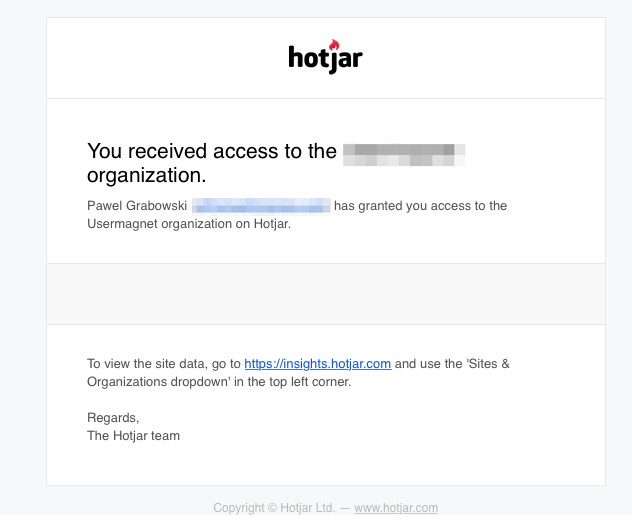
Replyify, on the other hand, uses a shared link.

#3. Send invite follow ups
Look, not everyone’s going to act on an invite right away.
For one, they might not experience the same problem as the person who initially signed up for your app.
And so, you need to keep poking them to sign up with a series of invite reminders.
Alternatively, you could notify the person who originally sent those invites to ping their team again.
And that’s it.
Now you know it, a simple strategy to overcome the lengthy enterprise sales process, and onboard a company from the bottom up.
Are you trying to improve your user onboarding process? Check out our ultimate guide to using your product’s activation point for converting more trial users into paying customers.
Improve your sharing features and get more sales today!
Download the Better Sharing Workbook
(it's quick, easy and absolutely free!)

